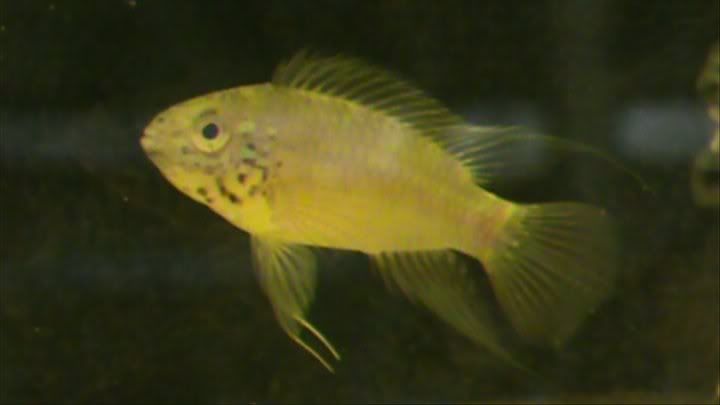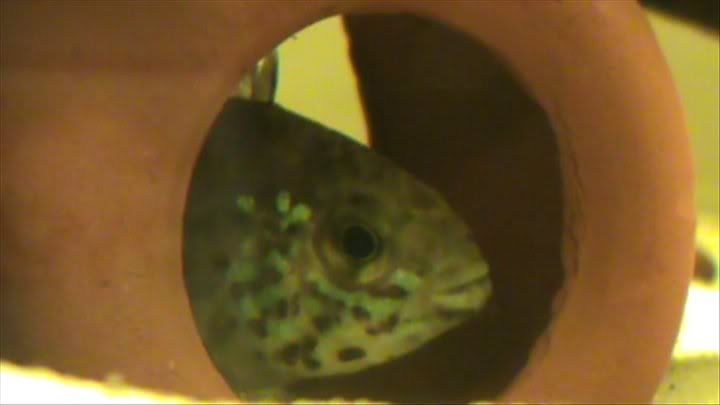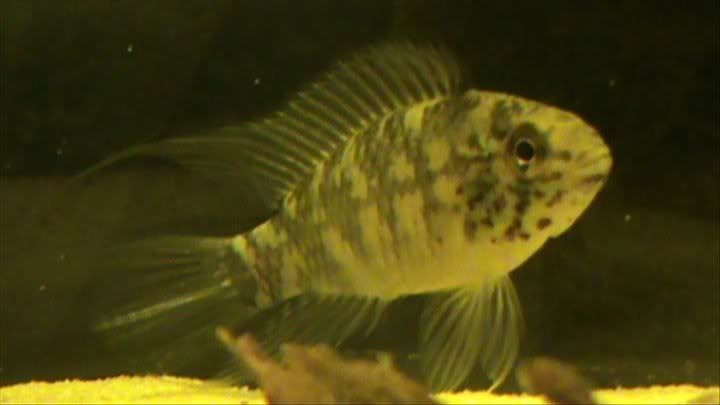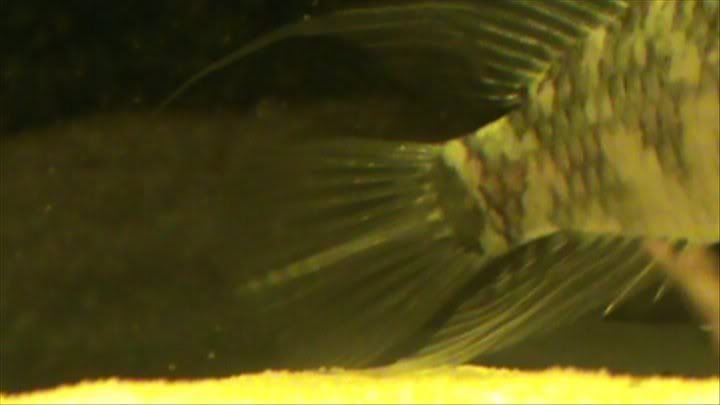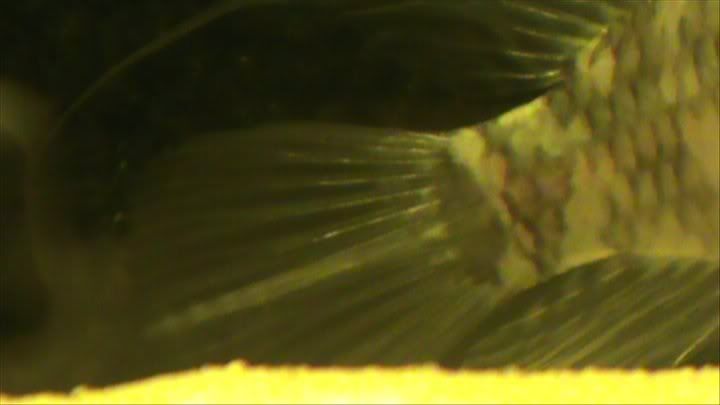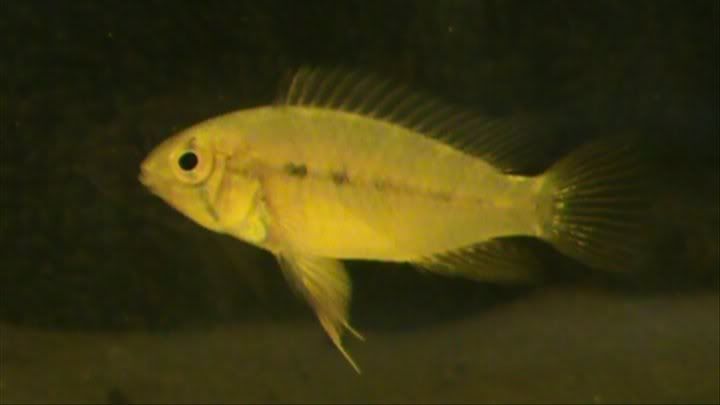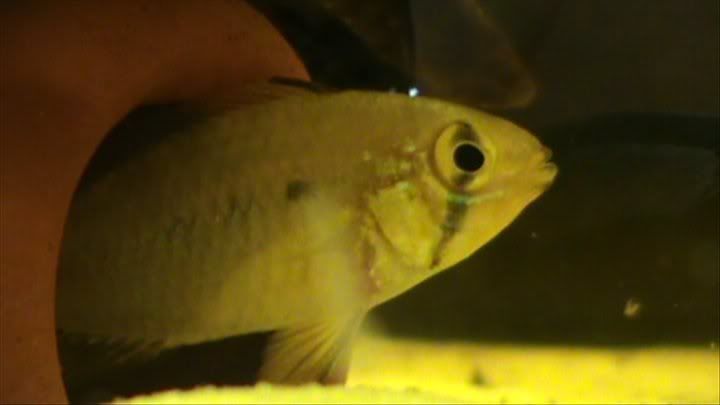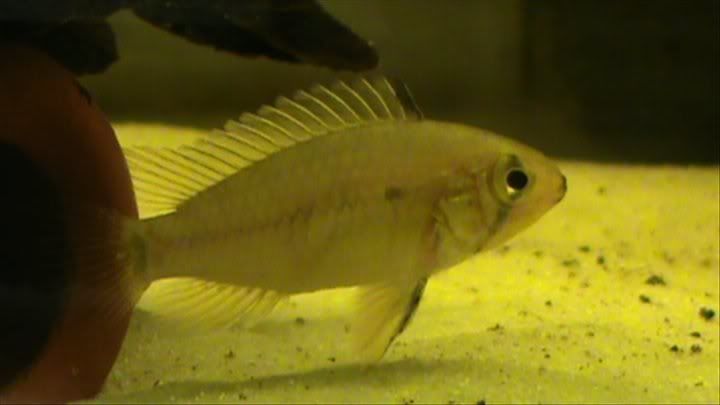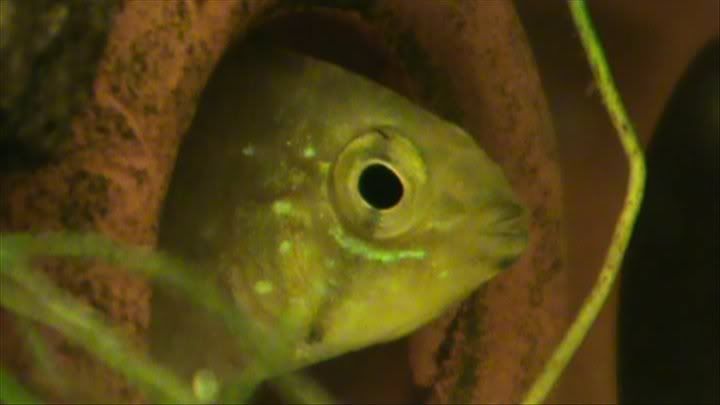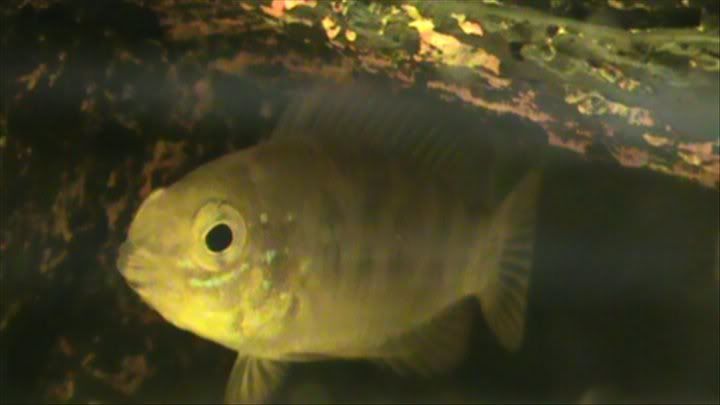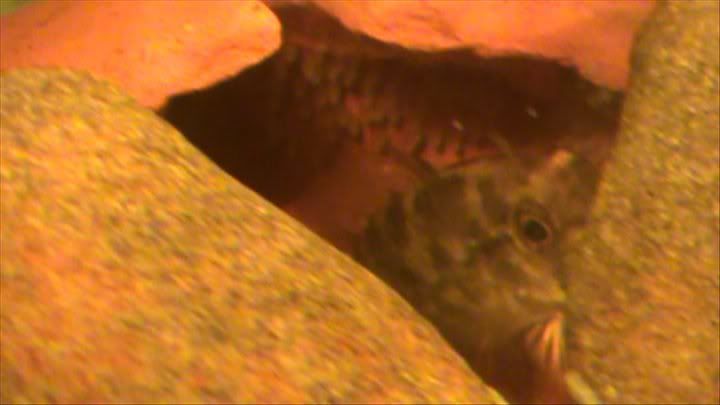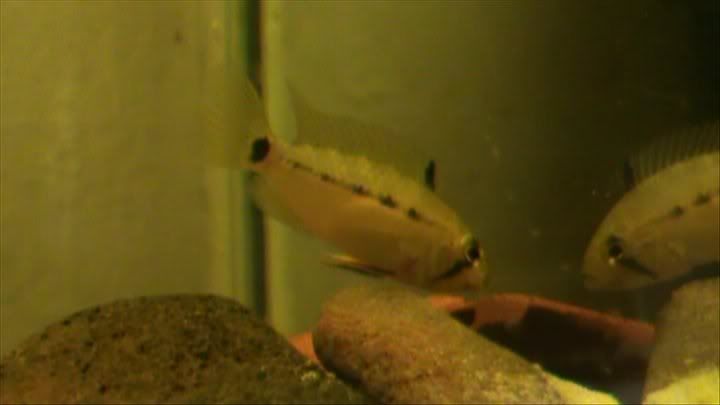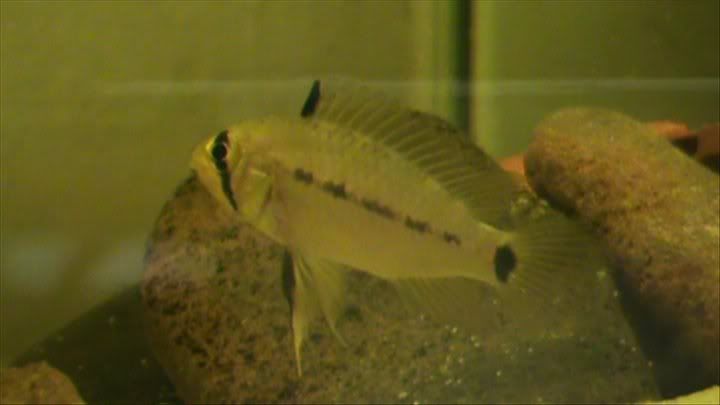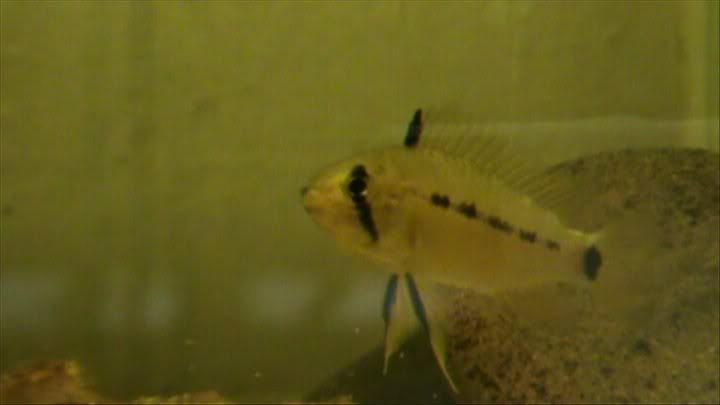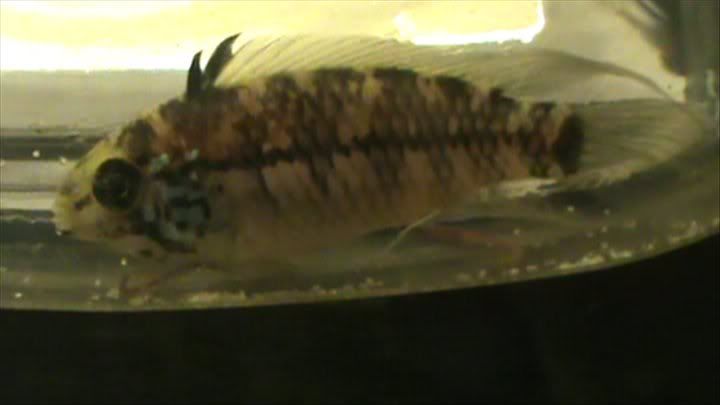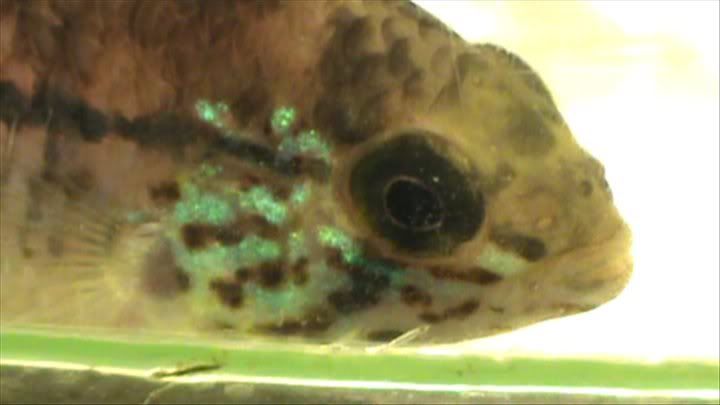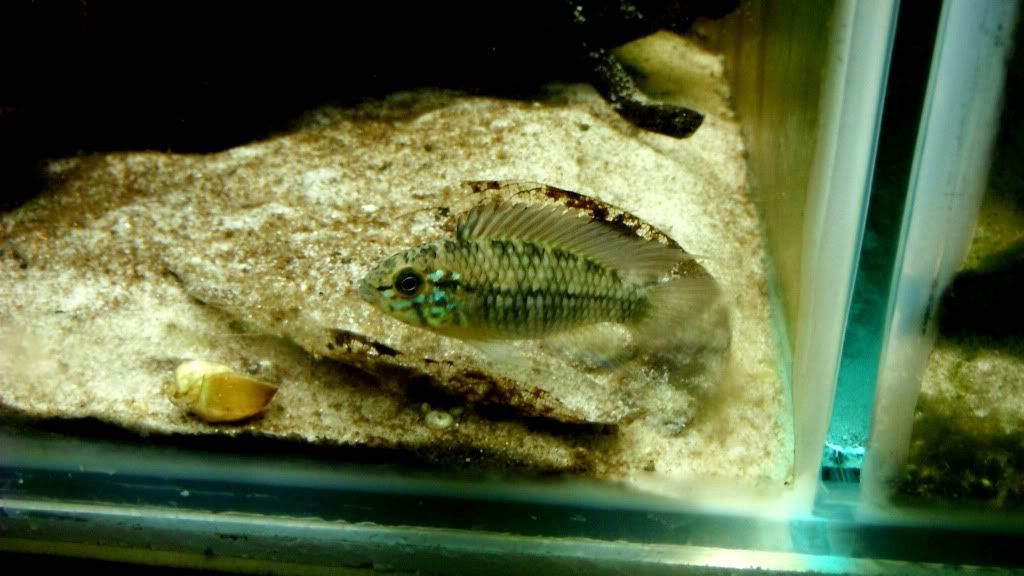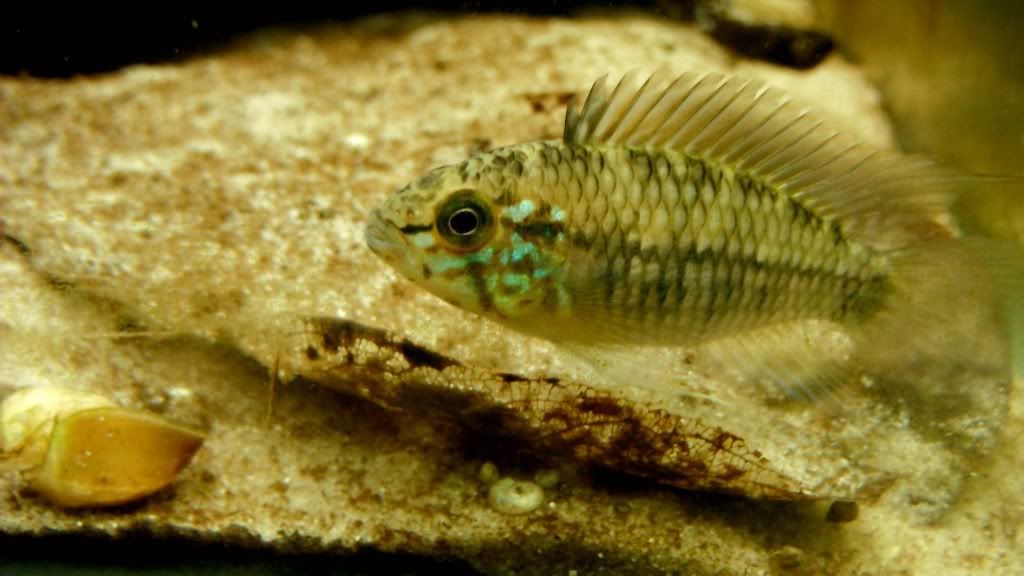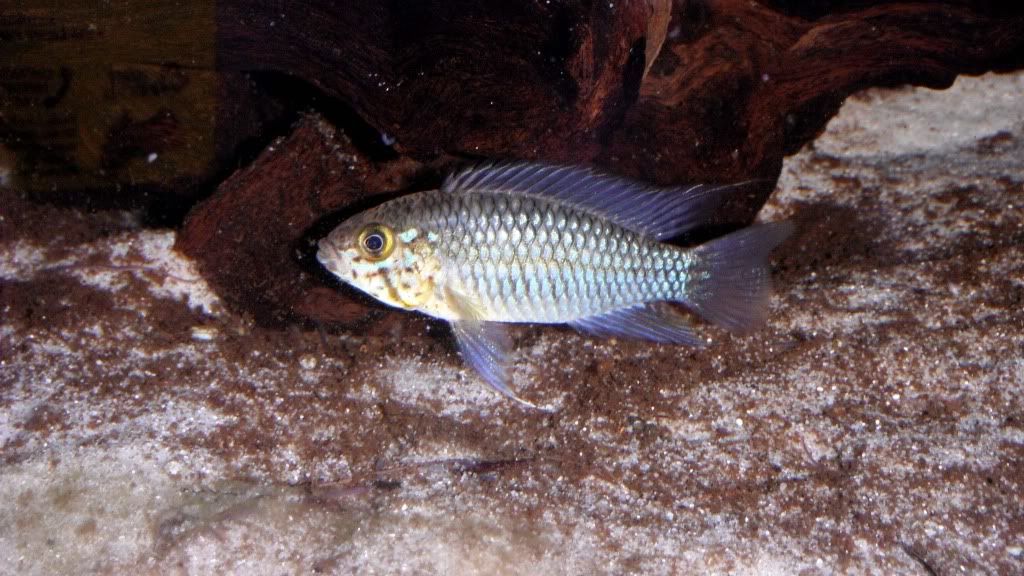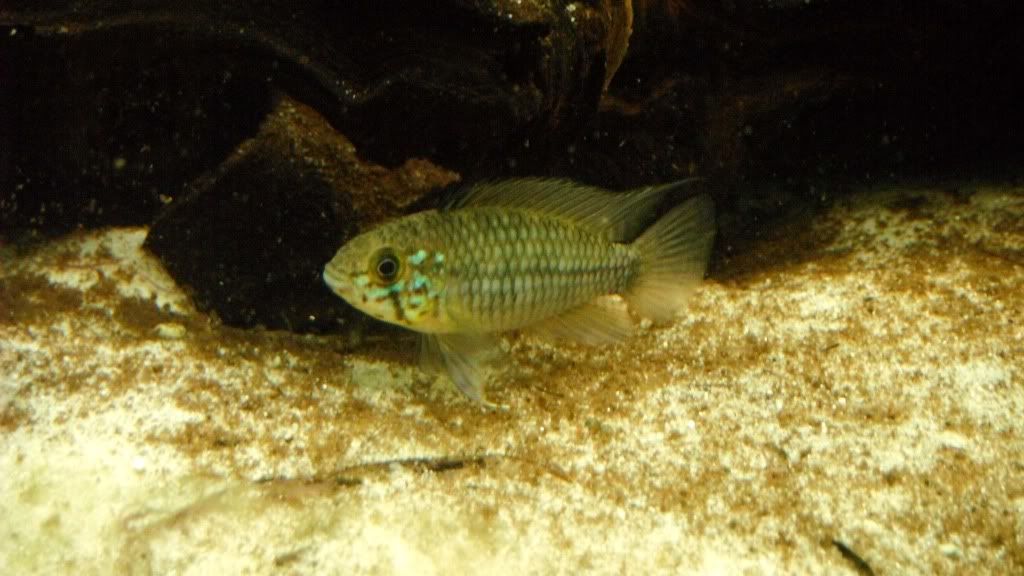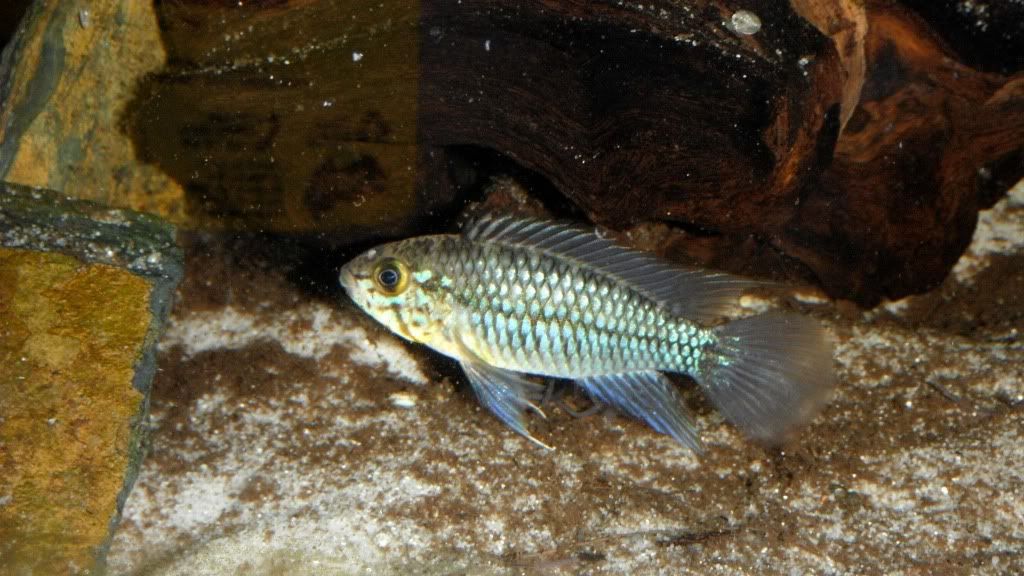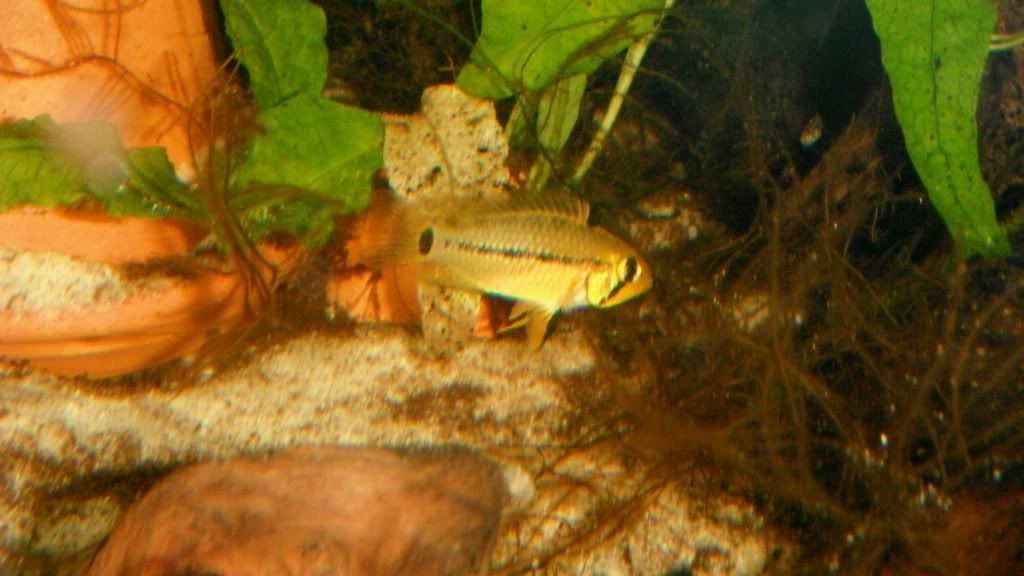BoyScout
New Member
- Messages
- 11
- Location
- Brisbane, Australia
Hi all -
I picked up a pair of these apistos last week - sold as A. Caetei Xingu - but referencing back on some earlier ID threads, others who had purchased under this same name may have had either A. Resticulosa or possibly A. cf. Taeniata "Xingu".
Photos aren't great quality I'm afraid. The female in partcicular looks a bit washed out. In the store she was in bright yellow dress and on a clutch of eggs - they soon got eaten when brought home to their new tank.
Another question - if these are A. Resticulosa - are they in some way related to the "Steel Blue" hybrids you see around the place?
Appreciate any advice...
Thanks
Niall
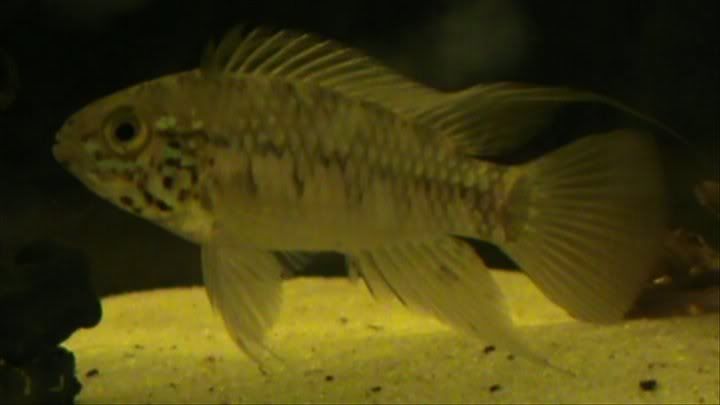
Male
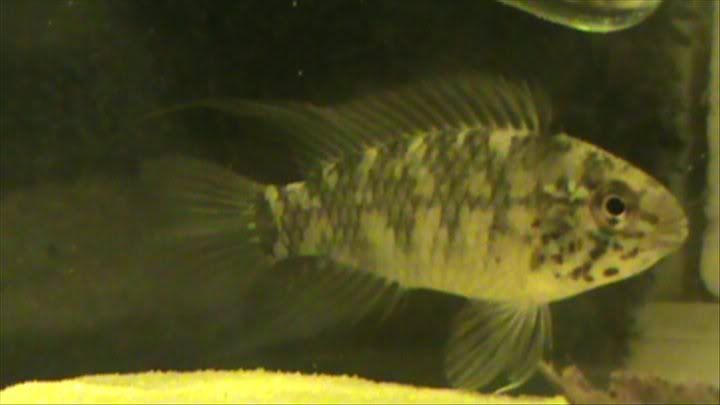
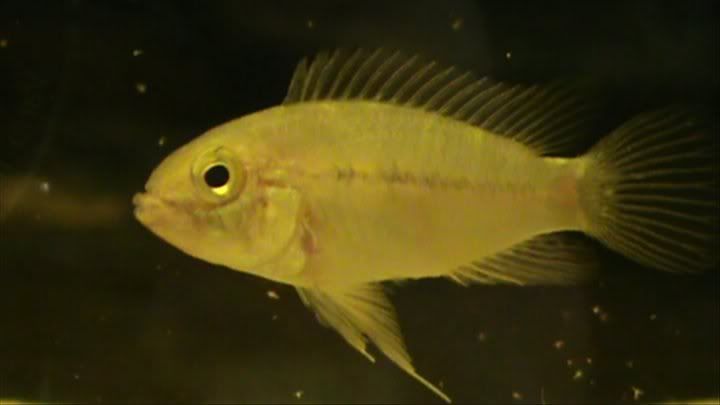
Female
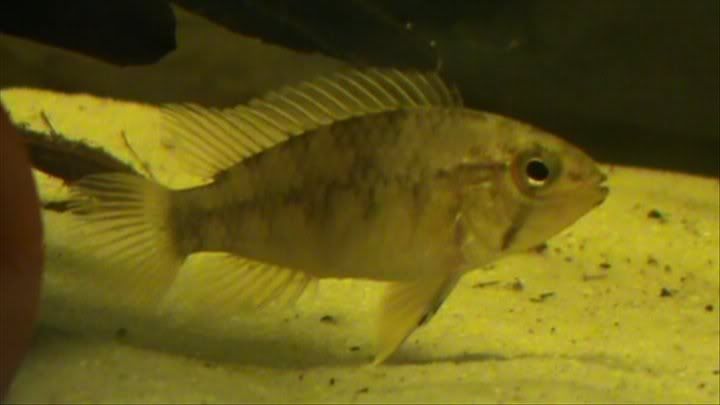
I picked up a pair of these apistos last week - sold as A. Caetei Xingu - but referencing back on some earlier ID threads, others who had purchased under this same name may have had either A. Resticulosa or possibly A. cf. Taeniata "Xingu".
Photos aren't great quality I'm afraid. The female in partcicular looks a bit washed out. In the store she was in bright yellow dress and on a clutch of eggs - they soon got eaten when brought home to their new tank.
Another question - if these are A. Resticulosa - are they in some way related to the "Steel Blue" hybrids you see around the place?
Appreciate any advice...
Thanks
Niall

Male


Female

